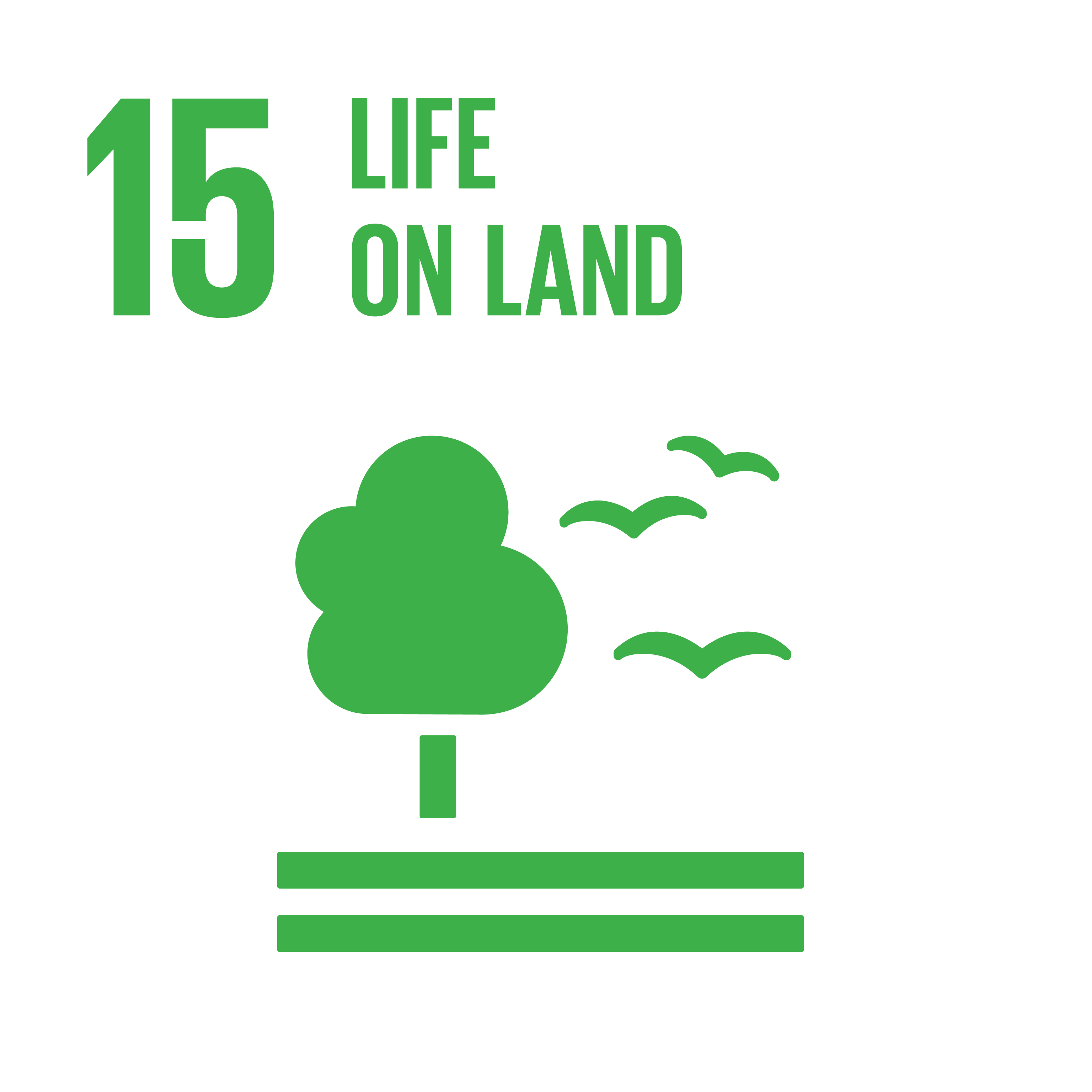Sustainable Development Goals
This project was made in the context of the 2030 Agenda for Sustainable Development Goals (SDGs), which was adopted by all the state members of the United Nations in 2015. The SDGs were established in order to fight poverty, protect the planet and to provide solutions in order to ensure peace and propsperity for all people (UNDP, 2022). In total, 17 goals and 169 targets were defined and developed in recognition that the improvement of one area affects another positively with the social, economic and environmental sustainability being in balance. The ultimate aim is that all UN members will have achieved these goals by the year 2030 (UN, 2022). The individual goals of the SDGs are displayed in the figure below:

 It is widely known that forests are important providers of a wide variety of ecosystem services for human society. Forests are responsible for maintaining and supporting biodiversity, preventing land degradation and are beneficial for economic development. Additionally, forests provide humans protection against natural hazards, such as rockslides or avalanches (Moos, Guisan, Randin & Lischke, 2021). Forests are also vital for climate change mitigation as they play a key role in the sequestration and storing of carbon, especially now, with the increased carbon emissions caused by humans (Beedlow et al., 2004).
However, due to the ongoing climate change, these ecosystem services are prone to significant changes (Moos et al., 2021). Thus, it is important to preserve a healthy forest ecosystem. In order to achieve this, the UN established the Sustainable Development Goal 15 in 2015, which aims to "protect, restore and promote sustainable us of terrestral ecosystems". Furthermore, it seeks to "manage forests sustainably, combat desertification, and halt and reverse land degradation and halt biodiversity loss" (UN, 2022).
It is widely known that forests are important providers of a wide variety of ecosystem services for human society. Forests are responsible for maintaining and supporting biodiversity, preventing land degradation and are beneficial for economic development. Additionally, forests provide humans protection against natural hazards, such as rockslides or avalanches (Moos, Guisan, Randin & Lischke, 2021). Forests are also vital for climate change mitigation as they play a key role in the sequestration and storing of carbon, especially now, with the increased carbon emissions caused by humans (Beedlow et al., 2004).
However, due to the ongoing climate change, these ecosystem services are prone to significant changes (Moos et al., 2021). Thus, it is important to preserve a healthy forest ecosystem. In order to achieve this, the UN established the Sustainable Development Goal 15 in 2015, which aims to "protect, restore and promote sustainable us of terrestral ecosystems". Furthermore, it seeks to "manage forests sustainably, combat desertification, and halt and reverse land degradation and halt biodiversity loss" (UN, 2022).